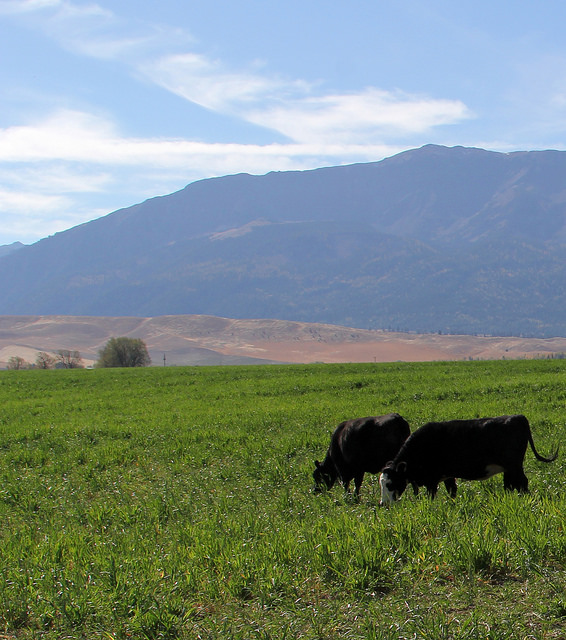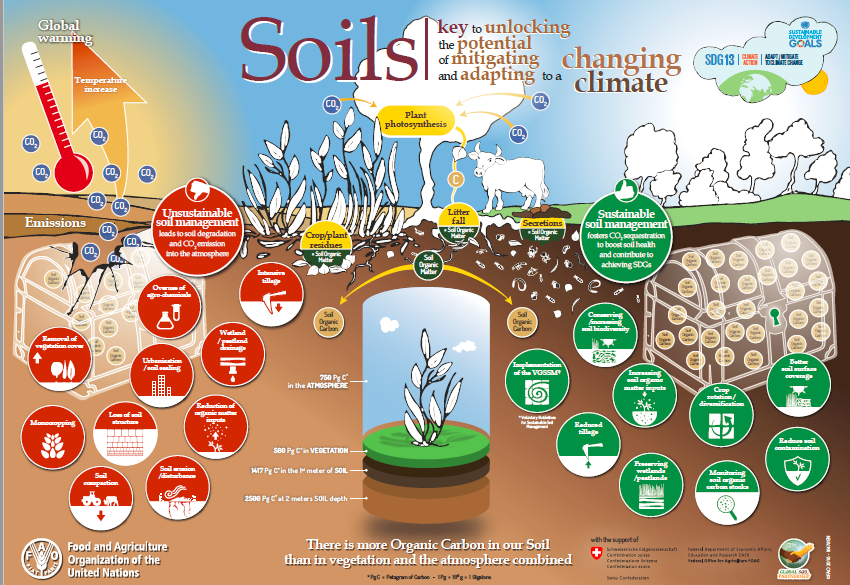
With the recent EAT-Lancet report it is imperative now, more than ever, to better understand how to feed 10 billion people healthy diets by 2050 while considering our planetary boundaries.
The report calls for consuming less meat when possible (depends on geographic location in relation to healthy diets) while increasing plant-based foods. One of the solutions to this is to use regenerative organic practices to produce our food and to encourage companies to adopt such practices.
Key Takeaways from this Report
The EAT-Lancet report highlights the importance of eating healthy as it relates to the environment and feeding a growing population. Adopting regenerative and improved land management practices reduces the risk for both farmers as well as suppliers while also producing more yield using less land.
Studies indicate that consumers, especially millennials (~60% of millennials), are willing to pay more for food that has been produced using social and environmental practices in the supply chain/operations. Also, consumer trends show that transparency is important to consumers as they are more willing to purchase from companies that have transparent supply chain/operations.
Regenerative practices increase carbon dioxide sequestration, thereby increasing the potential to reduce agricultural carbon footprints. The report explains what regenerative agriculture is and how it works followed by how it can benefit operations for farmers while benefiting brands/distributors’ supply chain. The report concludes with an outlook on who is investing in this technology.

What is Regenerative Agriculture?
Although it has been around for roughly ~70 years, regenerative agriculture is being adopted by farmers and considered as an alternative to big agriculture/industrial agriculture. Regenerative organic agriculture is believed to be first mentioned by J.I. Rodale in 1942 associated with the Rodale Institute. It has only been in the last decade or so that research indicates the positive impact of regenerative agriculture. In fact, organically grown corn has been found to produce roughly 30% greater yields compared to conventional farming.
Regenerative agriculture uses holistic farming practices with the overall purpose of improving the soil (increase the microbial populations) which in turn has the ability to sequester carbon dioxide, improve water retention, and contribute to biodiversity. This results in a healthier environment, healthier food, and a healthier planet.

Regenerative agriculture can take many different approaches but they all have the same purpose of improving the overall environment. Regenerative practices include (but are not limited to):
- permaculture
- no tilling
- cover crops and rotation crops
- cattle grazing practices
- and many others
By contrast, conventional farming, even sustainable farming, uses extractive practices, insecticides, and other harmful practices. This reduces the quality of the soil, which in turn reduces the health of the environment for humans and other species.
Profitability Associated With Regenerative Practices
Research indicates that regenerative practices are more profitable than conventional. This is due to low or absent costs associated with purchasing inputs for pest control, as well as an advertisement for the regenerative practice, which differentiates farmers from conventional practices.
Farmers and brands are more profitable using regenerative practices while also meeting consumer demands. Regenerative practices reduce operational costs, while also increasing profitability, roughly ~$100 million more than conventional practices estimated, as inputs are not needed (no pesticides, fertilizers, and very little antibiotics are needed).
At the same time, regenerative practices produce more food and farmers have higher incomes due to diversified crops.
Companies are just starting to adopt these practices fully. A minority of companies that have been using regenerative practices indicate that they have increased the quality of their products, reduced risks related to crop/cattle uncertainty due to changes in climate, and increased profitability by differentiating from competition as well as producing diverse crops.
For example, Dr. Bronner’s uses regenerative practices and encourages its suppliers and farmers to adopt these practices. Dr. Bronner’s indicates that adopting regenerative practices has produced higher yields and income for farmers in several countries.
General Mills has not only created a scorecard for tracking the progress of regenerative practices on farms but are in the process of converting several acres to regenerative farmlands. In fact, General Mills has recently announced they will convert 1 million acres of farmland by partnering with farms who are practicing organic regenerative agriculture.
Other companies promoting and/or starting to invest in regenerative agricultural practices include (but are not limited to):
We as consumers have a lot of power in shaping our food system by demanding products produced regeneratively. Let’s start thinking about how our food is being grown and support those companies committed to regenerative practices.
For more information on regenerative agriculture check out these organizations: Rodale Institute, Savory Institute, Mad Agriculture, or Kiss The Ground.